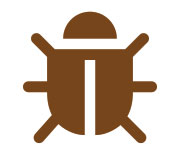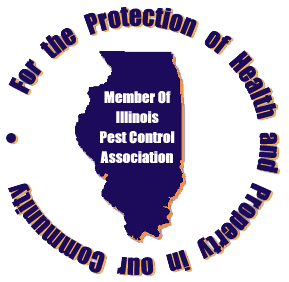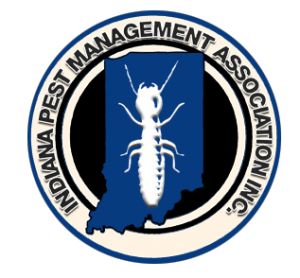As temperatures start to decline Rodents, such as Mice, start looking for their Winter homes. Instead of using tools to build a mouse house, they move into attics and other low traffic areas within our homes. These areas allow rodents to move undetected until activity is noticed and a call to action is needed. Proper identification is critical to determine hazards, control methods and future requirements to rid a home or business of a rodent infestation.
House mice and Norway Rats are the more frequent rodents found in our service area. The House Mouse is about 1 oz in weight and 4 inches long. They generally nibble on grains, cereal and seeds and store said food in several different locations. Although they only consume 1/10th oz of food, they can leave behind almost 100 droppings per day. Their life span is less than 1 year and can reproduce up to 50 offspring in optimal conditions. Norway Rats are much larger weighing up to 1lb and can be up to 16 inches long. Their diet is similar to the mouse, but will also ingest meats, insects and smaller rodents. Rats live near sewers, streams and fields in underground burrows or outside of homes. Typical lifespan is near a year also reproducing up to 50 offspring each year.
Rodents have more hazards associated with them than expected. Diseases such as the Black Plague or more recently Hantavirus, have been associated with contamination caused by rats and mice. They are most known for their ability to chew through wires causing fires, defecation on delicate items and have the potential to destroy enough food each year that could have fed 200 million people.
Rodent control is achieved by non-chemical and chemical control methods. Non-chemical control includes mechanical, environmental and exclusion. Mechanical control is the use of traps such as glue boards or snap traps to physically remove a pest. Environmental and exclusion methods are similar in that their environment is modified by adding door sweeps or using mortar to fill entry cracks in joints. It is important to note mice squeeze through any opening larger than 1/4th of an inch where as rats can fit through anything 1/2 inch or larger. Chemical control is most frequently associated with rodenticide baits, but can also be achieved with tracking powders or fumigation where allowed by law.
At Monroe Pest Control, we prefer using chemical control methods with rodenticide baiting programs due to the effectiveness and cost savings to our clients. Our baiting program consists of an inspection to determine the type/degree of infestation and placing tamper proof baiting stations to key areas within a home or business such as attic, kitchens, basements and all other areas of harborage/nesting. All services come fully guaranteed and warrantied.
In conclusion, Monroe Pest Control has the knowledge and experience to rid your home or business of any rodent infestation that may arise. Even when chemical methods can’t be used, we can ensure our clients optimal results through our I.P.M. program. Call Today to schedule your FREE estimate! 1 (800) 816 6999








